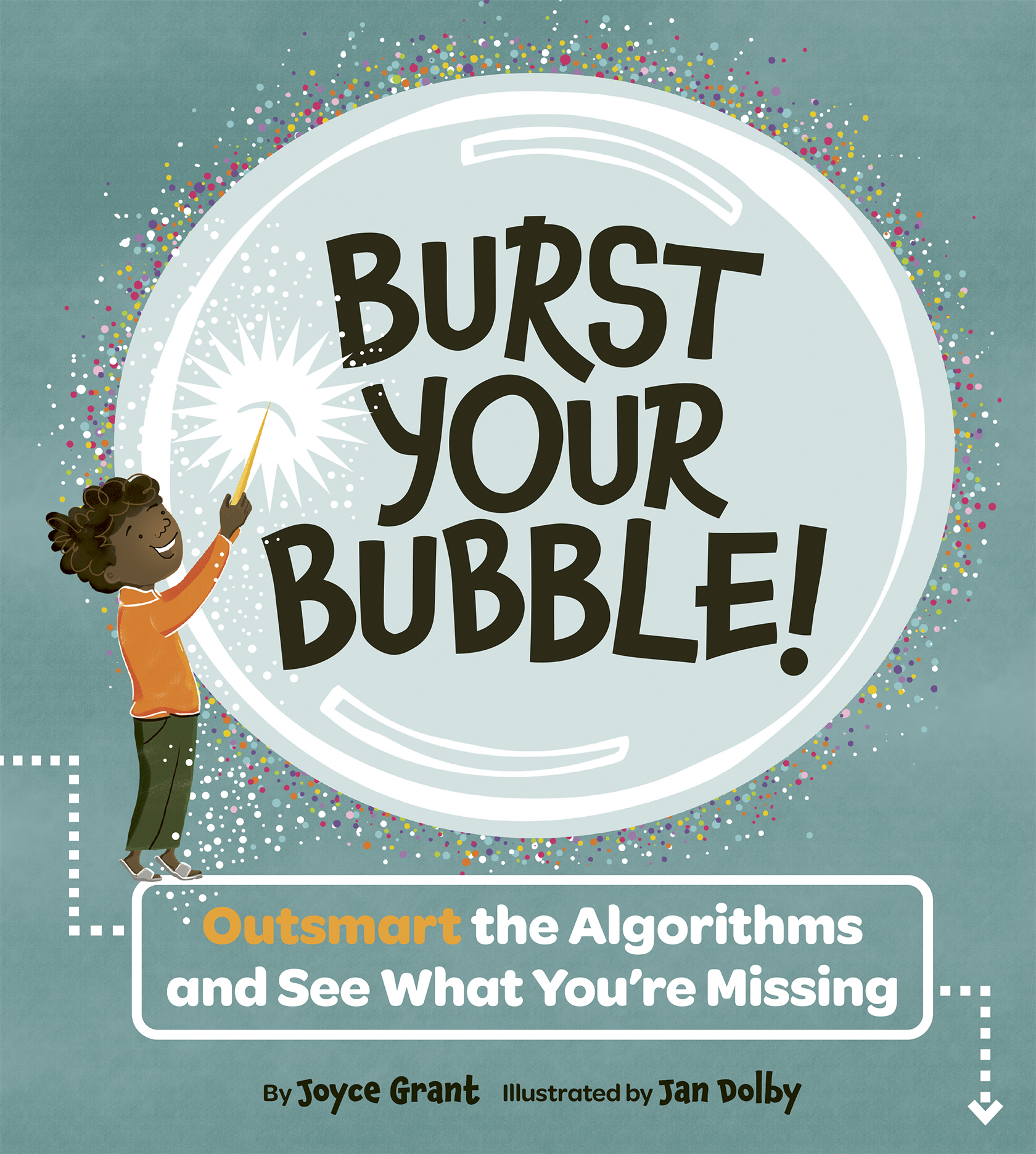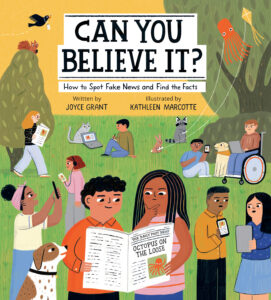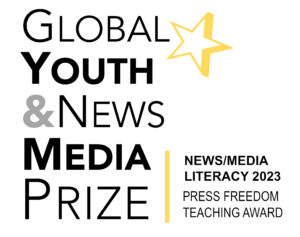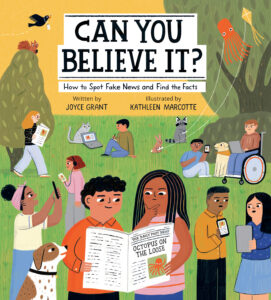 Scientists recently found out there is 100 times more water on the moon than they thought there was.
Scientists recently found out there is 100 times more water on the moon than they thought there was.
Scientists discovered the water when they looked at some pieces of moon rock. They found water in tiny samples of magma, which was trapped in crystal. Magma is a rock made from cooled lava.
Canadian Astronaut Chris Hadfield told Teaching Kids the News that the water is a very valuable discovery.
“It’s like finding diamonds or gold in a remote frontier,” Hadfield said.
He said that water could be a sign of other life, although probably not in the case of the moon.
“Because there is no atmosphere or magnetic field, (the moon) gets bombarded with radiation,” said Hadfield. That radiation would kill off anything that was living.
Scientists use powerful telescopes to look for water vapour on other planets, said Hadfield, adding that they haven’t yet found life on other planets.
The scientists looking at the moon rocks found that some parts of the moon have as much water as the Earth’s “upper mantle.” The Earth’s upper mantle is a rocky shell under the Earth’s crust.
Water is made of two elements called hydrogen and oxygen. These two elements are essential for human life.
The water on the moon doesn’t look like the water on the Earth found in rivers, lakes, oceans or ice sheets; instead, it is mixed with dirt and rock. It’s not easy to use as it is. “Like if you are floating in a dingy in the middle of the Atlantic Ocean,” said Hadfield. “You are surrounded by salt water but you can’t drink it.”

- Canadian astronaut Chris Hadfield told Teaching Kids the News that finding water on the moon is “like gold.” In 2013, Hadfield will embark on his third mission to space, this time for six months. Hadfield became the first Canadian to float freely in space in 2001.
The moon rocks the scientists were studying were brought back to Earth by Apollo 17. Apollo 17 is a space flight that went to the moon in 1972.
Not just anybody can look at these moon rocks, said Hadfield. “We treat those like the very rare resource that they are.”
Hadfield told TKN that going to space is a wonderful, magical feeling, as if you have superpowers.
You can fly, hover, and do a thousand somersaults if you want to, he said. He said one of the most interesting things is that you can see the whole world like a “kaleidoscopic gift” out your spaceship window.
“It’s better than I dreamed it would be when I was nine years old.”
CURRICULUM CONNECTIONS
Writing/Discussion Prompt
Throughout our history, humans have been very interested in space. When you look into the sky, what do you wonder about? How do you think you could find out the answer? Why do you think people are so curious to learn about outer space?
Reading Prompt
Today’s article includes a section of text under the photo of Chris Hadfield. Text under a photo is called a caption. Why do you think newspapers and magazines include captions with their photographs?
Primary & Junior
Identify a variety of text features and explain how they help readers understand texts (OME, Reading: 2.3).
Intermediate
Identify a variety of text features and explain how they help communicate meaning (OME, Reading: 2.3).
Grammar Feature: Acronyms
An acronym is a word that is created by taking the first letter of a few different words and stringing them together. For example, NASA is an organization that has sent many astronauts to space. But did you know that NASA is an acronym for National Aeronautics and Space Administration? In today’s article, our website, Teaching Kids News, is also written as an acronym.
“Hadfield told TKN that going to space is a wonderful, magical feeling, as if you have superpowers.”
What do you think the following acronyms stand for?
Don’t be afraid to ask someone for help if you’re stuck, they’re not easy.
BLT _________________ _______________________ _________________________
NHL _________________ _______________________ _________________________
LOL _________________ _______________________ _________________________
NIMBY _____________ __________ __________ ______________ ______________








